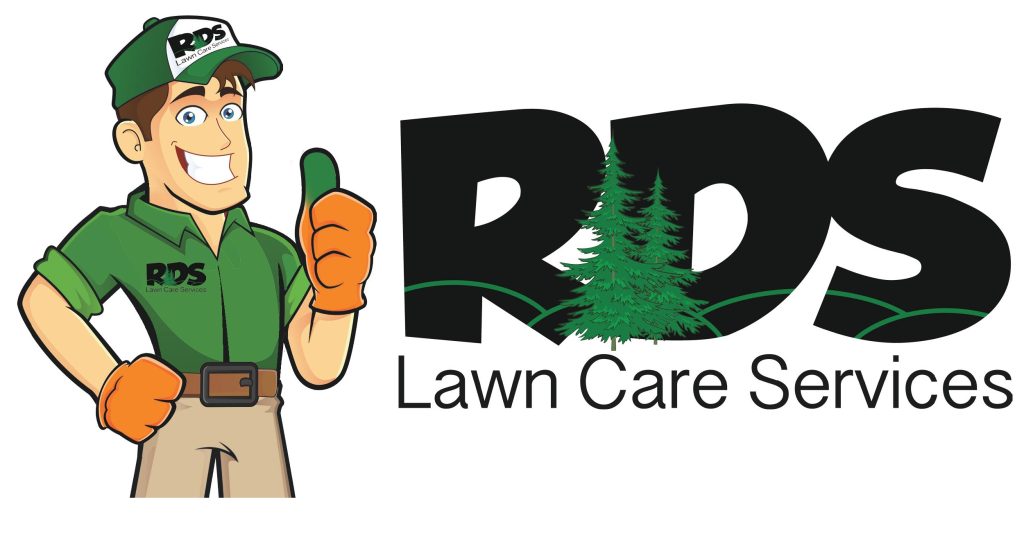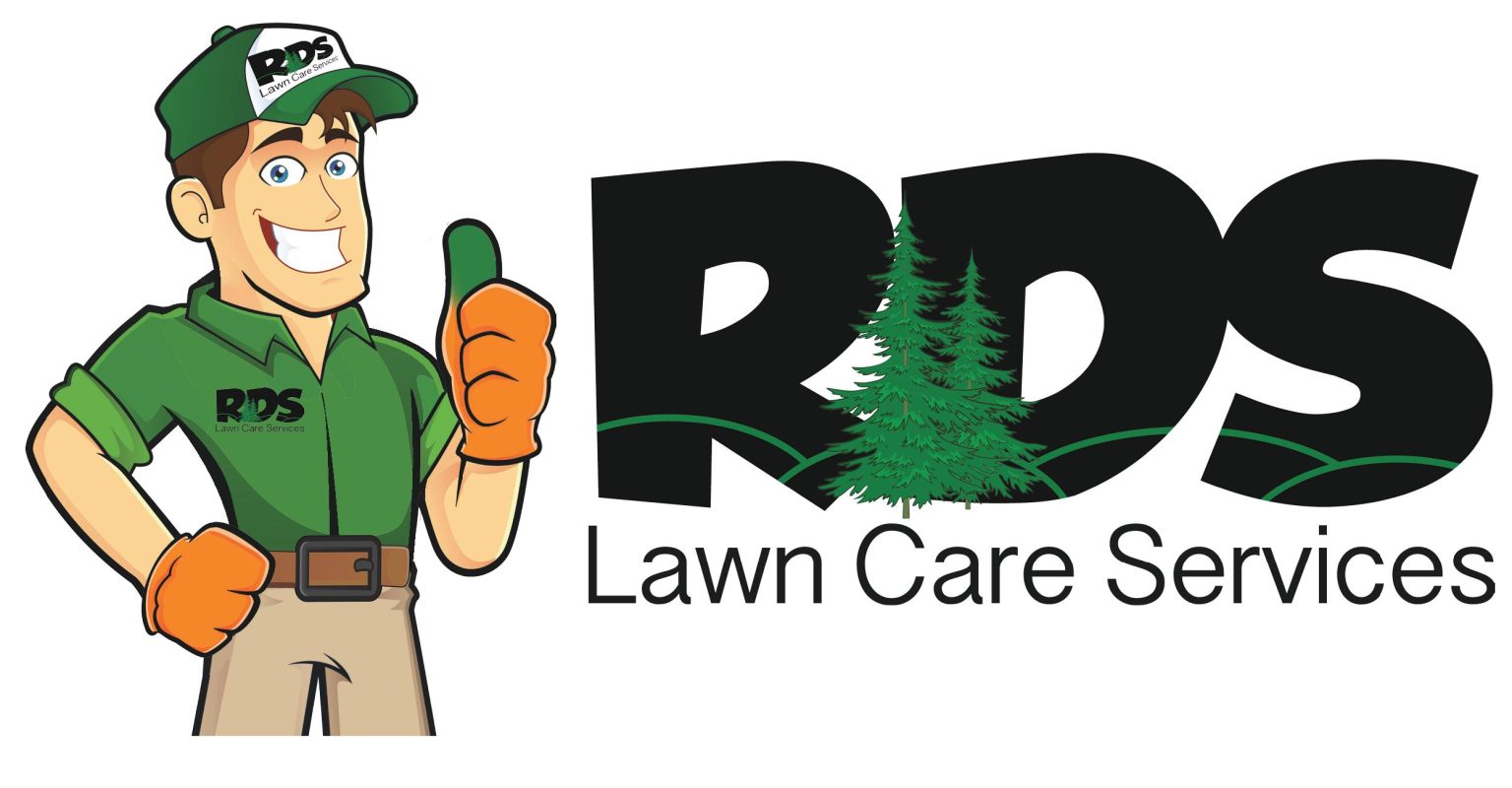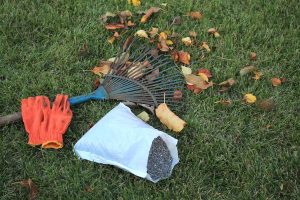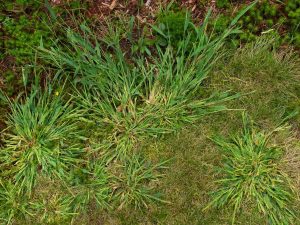Overseeding is one of the most effective ways to improve the health, appearance, and resilience of your lawn. But timing is everything—especially in a place like North Carolina, where grass types and weather conditions vary throughout the year. Whether you have a cool-season lawn or warm-season turf, knowing when to overseed is essential for long-term success.
In this guide, we’ll break down the best times to overseed in North Carolina, explain the differences between grass types, and show you how to get the best results from the process. We’ll also cover how RDS Lawn Care helps homeowners in both North and South Carolina maintain lush, thick lawns with expert overseeding services.
What is Your Grass Type?
Before you overseed, it’s important to know what type of grass you have. In North Carolina, homeowners typically have either cool-season or warm-season grasses, depending on their region and lawn goals.
Cool-season grasses, such as tall fescue, are most common in the Piedmont and mountain regions, including areas like Charlotte, Greensboro, and Asheville. These grasses grow best in cooler temperatures and stay green longer during fall and spring.
Warm-season grasses—such as Bermuda, Zoysia, and Centipede—are better suited to the eastern and southern parts of the state, where summers are hotter and longer. These grasses thrive in the heat but go dormant in the winter.

Best Time to Overseed Cool-Season Lawns in NC
If your lawn is primarily tall fescue or another cool-season variety, the best time to overseed is from mid-September to early October. By this point in the year, soil temperatures are still warm enough to support seed germination, while the cooler air promotes strong root development.
Fall overseeding also means fewer weed problems. Since most summer weeds are on the decline by mid-September, your new grass won’t have to compete as much. Plus, there’s usually more consistent rainfall during this time, which helps seeds establish without the need for constant watering.
Waiting too late into October can lead to slower germination or poor growth due to cooling soil. Starting too early, however, might expose your new seedlings to lingering summer heat and drought conditions.
Can You Overseed in Spring?
Yes, you can overseed a cool-season lawn in early spring, typically from late February through March in North Carolina. However, it’s not ideal. Spring seeding often runs into several challenges:
- Summer heat stress: New seedlings may not be fully established before high temperatures arrive.
- Weed competition: Weeds like crabgrass thrive in spring, making it harder for grass seed to compete.
- Limited establishment window: You’ll need to be more diligent with watering and mowing to protect the new grass.
While spring overseeding can be done in a pinch—especially after winter damage—fall remains the superior window for success.
When to Overseed Warm-Season Lawns
For warm-season grasses like Bermuda or Zoysia, overseeding is best done in late spring to early summer, usually between mid-May and early June. This timing allows the soil to warm up sufficiently for seed germination, and it aligns with the natural growth cycle of these grasses.
Overseeding warm-season turf is less common, as these grasses tend to spread via stolons and rhizomes. However, you might overseed to repair thinning areas or to introduce a temporary cool-season grass (like rye) for winter color.
Make sure the overnight temperatures are consistently above 65–70°F before applying seed to warm-season lawns.
Bring Real Change with Personalized Lawn Care
Expert lawn care services tailored for your home—reliable, eco-friendly, and affordable. Start transforming your yard today.
Should You Aerate Before Overseeding?
Yes. Aerating your lawn before overseeding is one of the most effective ways to boost results. Core aeration loosens compacted soil and allows seed-to-soil contact, which is critical for germination.
Aeration also improves airflow, water absorption, and nutrient delivery to the grassroots. This step is especially valuable in North Carolina, where clay-heavy soils often lead to poor drainage and compacted lawns. Ideally, you should aerate just before or during the overseeding process to give your new grass the best chance to thrive.
How to Overseed Your Lawn Successfully
Overseeding isn’t just about tossing seed on the ground—it takes preparation and follow-through. Start by mowing your lawn shorter than usual and collecting clippings to expose the soil. Aerate if needed, then apply your chosen grass seed evenly across the lawn.
Water lightly but consistently during the first few weeks, keeping the top inch of soil moist. Avoid heavy foot traffic while the new grass establishes. Once the grass reaches mowing height, begin trimming carefully—never cutting more than one-third of the blade length at a time.
Fertilize after the seedlings have emerged to support early growth, but avoid using herbicides during or shortly after seeding.
When Can You Mow After Overseeding?
Once your new grass reaches about 3–4 inches in height, you can begin mowing. Use a sharp blade and mow on the highest setting to avoid damaging the tender seedlings. Mow in dry conditions and never remove more than one-third of the grass height at once.

RDS Overseeding Services in North and South Carolina
At RDS Lawn Care, we take the guesswork out of overseeding. Our experienced technicians understand the unique challenges of North and South Carolina lawns—from the heavy clay soils of Charlotte to the coastal conditions near Myrtle Beach.
We begin every overseeding service with a full lawn evaluation to determine the best approach for your grass type, soil condition, and time of year. Our team uses premium seed blends and professional-grade equipment, including core aerators and spreaders, to ensure proper distribution and coverage.
We also offer comprehensive lawn care programs that include fertilization, weed control, and seasonal maintenance to keep your lawn in top condition all year round. Whether you’re trying to revive a patchy lawn or simply maintain a thick, healthy turf, we have the tools and local expertise to help.
Final Thoughts on Overseeding in NC
Timing your overseeding efforts can make or break the success of your lawn. For cool-season lawns, fall is the best time to overseed, while warm-season lawns benefit from late spring applications. Understanding your grass type and taking steps like aeration and proper watering can greatly improve your results.
If you’re unsure about when or how to overseed your lawn, or if you want professional help, RDS Lawn Care is here for you. We proudly serve homeowners across North and South Carolina with expert lawn services tailored to your local conditions.
Frequently Asked Questions
Can overseeding fix bare spots in my lawn?
Yes, overseeding helps fill in thin or bare areas by introducing new grass growth that thickens your turf.
What type of seed should I use for overseeding in NC?
The right seed depends on your region and grass type. In NC, tall fescue is common for cool-season lawns, while Bermuda or Zoysia fits warm-season areas.
Is watering important after overseeding?
Absolutely. Consistent moisture is critical. Water lightly and frequently to keep the topsoil damp until the new seed is established.
Can overseeding improve lawn disease resistance?
Yes, overseeding with high-quality seed varieties can enhance your lawn’s resistance to disease and pests by promoting healthier, denser grass.
What if my lawn has heavy clay soil?
In NC’s Piedmont region, where clay soil is common, aeration before overseeding is especially important to improve soil structure and promote root growth.




